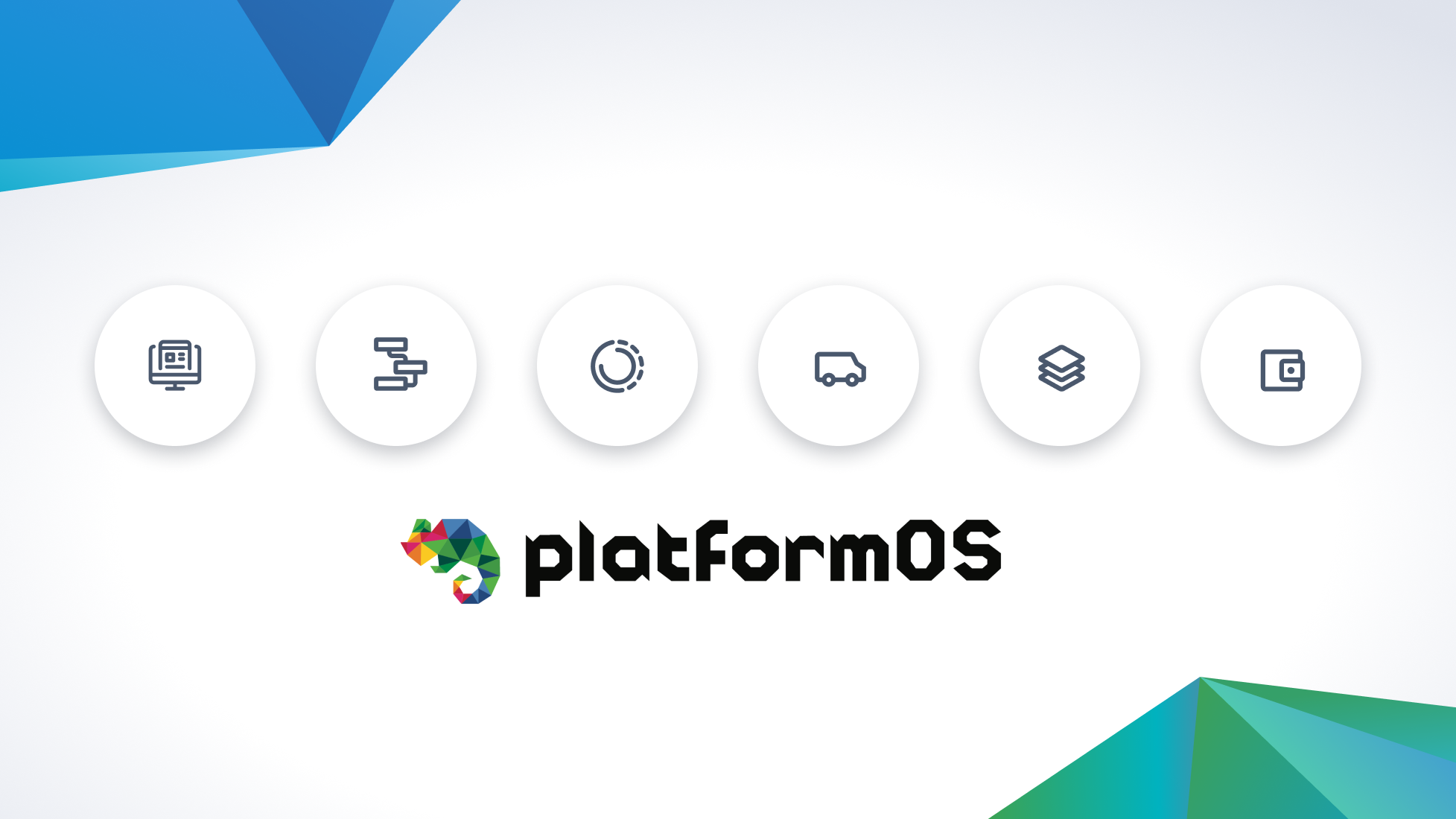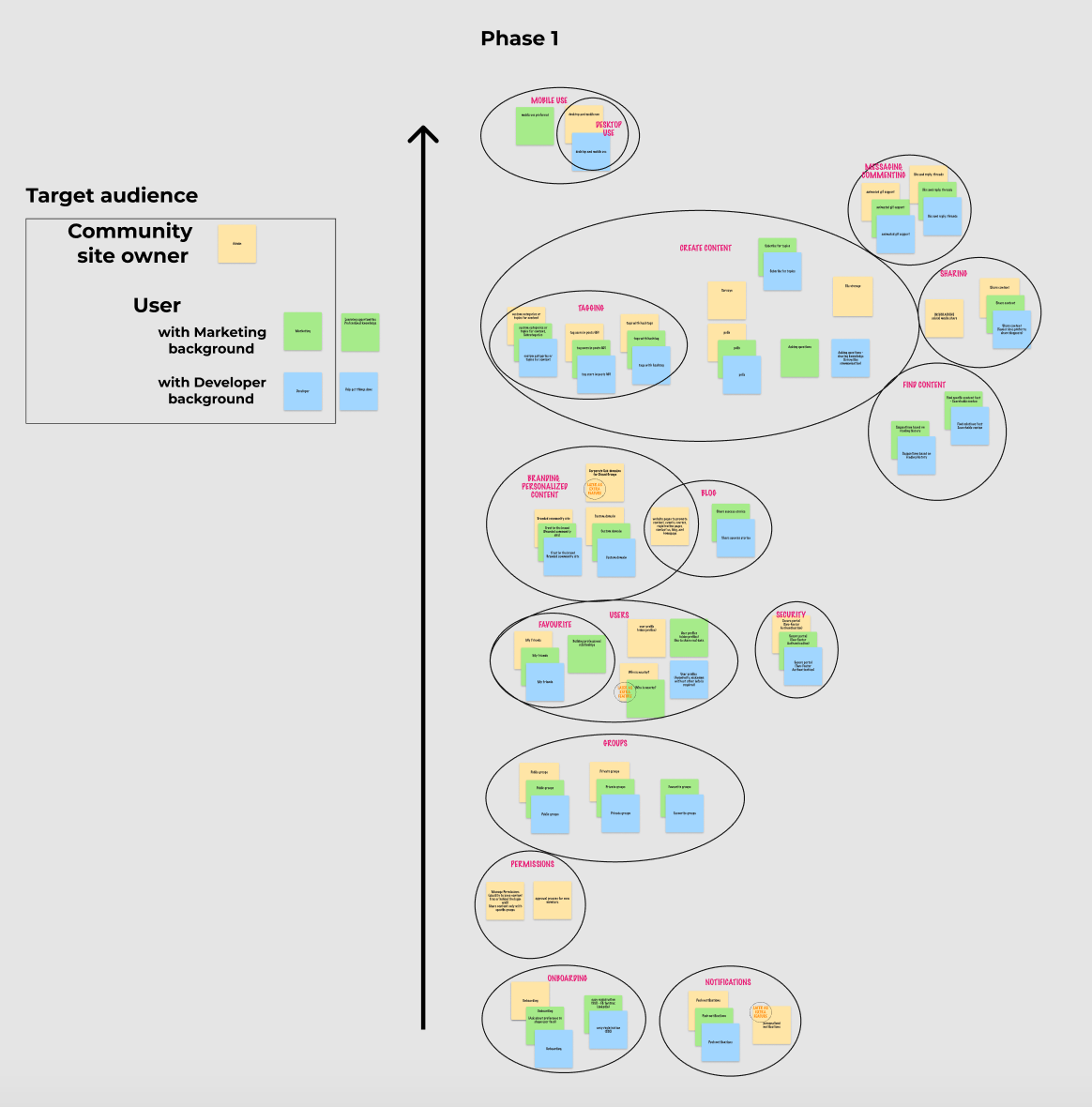The 6 Pitfalls of Turnkey Marketplace Solutions You Can Avoid by Building on platformOS
Diana Lakatos | March 31, 2021

CobbleWeb recently published an article titled 6 ways turnkey software solutions can kill your marketplace startup, where they outlined pitfalls concealed in off-the-shelf and plug-and-play marketplace solutions based on feedback from startups who hit a dead end after choosing the wrong technology. This article describes our take on all the pain points, time and money lost that their article explored.
User experience
Using a cookie-cutter user experience will not differentiate your platform from the competition. If UX is a key success factor (and it is 90% of the time) off-the-shelf solutions are simply not up to the task. Only a custom process can identify those unique opportunities to delight your users.
We wholeheartedly agree. Based on our 7+ years of marketplace building experience, a solid foundation for your marketplace through UX research will vastly differentiate you from the competition and not only save you a lot of money, but help you MAKE MONEY in the long run. This is why User Experience and User Interface Design are an integral part of our client engagement process.
We’ve developed a flexible workflow that we can adjust to the project scope and client needs. We usually start with the Strategic and Design Brief document and user interviews, and then we develop the affinity map, user personas, user journeys, information architecture, and the sitemap. When we have all of this planned out, we start creating the wireframes, then based on those, the UI design. We always close the process with a retrospective to identify key highlights and areas for improvement, to apply to future projects.
Read our recent article if you’d like to learn more about The platformOS UX/UI Process, including UX/UI research and design, communication, and learnings. If you’d like to delve deeper and see our processes in action, explore our case study on Building the platformOS Design System with Figma.
Flexible user journeys
Although there are standard features and best practices, each online business or community is different. The better you customize your user journeys, the greater the conversion and the happier your users will be. You will also have to tweak and adjust user journeys and flows later based on user feedback and data analytics. This is a big enough challenge in itself without having to ‘force square pegs into round holes’ - squeezing your unique user journeys into the couple of variations an off-the-shelf marketplace solution might offer.
CobbleWeb experienced this many times when a client came to them in need of more flexibility. One of their clients approached them to resolve an issue where:
Shopify was forcing additional steps when sellers added products that were not necessary for their business model. This caused unnecessary friction and seller abandonment.
It is very common that marketplace owners need to customize any number of user journeys. And when a cookie-cutter solution, or inflexible Software as a Service (SaaS) Marketplace solution is used, the inflexibility to fully customise the user journeys can kill your business.
With platformOS, everything is customizable from every pixel on the page down to the last field on a form. As an advanced starting point, you have access to our Marketplace Solution Template, a fully functional product + community marketplace built on platformOS with features like user onboarding (Seller and/or Buyer), in-app messaging, add to cart and checkout/payment processing, services and rental and so much more.
Following our Get Started tutorial, you can deploy this open sourced code within minutes to have a list of working features and start customizing your marketplace. You have unlimited access to all the back- and front-end code to build ANY custom solution, or pick from a growing range of platformOS modules created and made available by our value adding partners.
Scalability
Since third-party software providers like Shopify or Sharetribe control your backend, there’s not much you can do to optimise your platform performance. The irony is that most marketplace startups only need a fraction of all those bells and whistles.
One-size-fits-all solutions like WordPress with WooCommerce or Magento add a lot of bloat, causing performance issues that only become exacerbated as your traffic grows. Poor site performance is not just an inconvenience, it will harm your business more than you imagine. According to the Google/SOASTA Research, 2017, as the page load time goes from 1 second to 3 seconds, the probability of bounce increases by 32%. The longer the page load time the grimmer the outlook, as shown by these Google/SOASTA Research, 2017 results. Studies have consistently shown that faster page speeds help enhance user experience, improve SEO rankings ultimately resulting in higher conversion rates, lower bounce rate, and longer user visits.
We are obsessed with performance. platformOS achieves a minimum of 90+ (Often 100/100) page speed results even on dynamic sites when using best practice code. And because you have full control over what the server sends to the browser, you can optimize it to the last ‘byte’. We continuously educate our community on code quality and performance best practices. If you’d like to learn more, visit our documentation site:
Shipping
When there is lots of competition in your vertical, shipping options and costs can be a deciding factor. Most ready-made marketplace solutions offer limited shipping options which could make your marketplace uncompetitive.
Research like Walker Sands’ The Future of Retail 2019 shows that consumers expect convenient, fast, and preferably free shipping — how convenient, how fast, and how cheap you can make it will have a profound impact on the success of your marketplace. What’s more, you can even make shipping your competitive advantage.
In this regard, you’ll find that ready-made marketplace solutions offer very limited shipping options, and if you want to tweak them, you might have to ask your sellers to add shipping costs manually or try to squeeze their shipping options into presets that don’t exactly suit them. Some marketplaces have unique shipping requirements, like packaging or a differentiation between local and international shipping.
Many elements are either part of the shipping process or closely linked to it:
- Logistics
- Order Management
- Payment systems
- Fulfillment
- Physical shipping
- Carriers and couriers
- Tracking
- Returns
- Customer service
- Warehousing
This complexity explains why out-of-the-box solutions fall well short for most marketplace owners when it comes to shipping.
platformOS provides modules for managing shipping and payments - but what’s more important is that you can connect to any shipping provider API framework and implement your own unique processes.
APIs
This brings us to the topic of APIs.
Marketplaces are ecosystems that thrive on partnerships, and in the digital universe APIs (aka software interfaces) connect partner applications.
Accommodating APIs for core functionality is one thing (platformOS includes foundational integrations ‘out-of-the-box’ with 3rd party services like Sendgrid, Twilio, GoShippo, and Stripe), but key to ‘needle moving’ growth often depends on deep integrations with large sales and distribution partners.
Few off-the-shelf solutions allow API integration, and almost none allow seamless API integration with a wide range of seller e-commerce platforms.
Because of the modular and flexible nature of platformOS, you can create your own custom integrations. Build your own REST APIs in Liquid markup or build workflows to integrate email, text, and any 3rd party APIs - no limits.
Revenue streams
Off-the-shelf marketplace solutions are notoriously limited when it comes to monetisation. The rise of SaaS enabled marketplaces has made it even more challenging to integrate the right payment technology. This is especially important to consider in service marketplaces.
The example CobbleWeb shares in their article is telling: Based on user feedback, one of their clients needed to switch from a transaction-based revenue model to subscription-based. ShareTribe only offered transaction-based payments, and the workarounds for subscription-based payments were so cumbersome that they decided to rebuild their platform. So much sunk cost, time, effort, and momentum lost, because the wrong solution was used.
Even if you plan everything carefully and choose a turnkey marketplace solution that seems to be a good fit, the moment you need to tweak something based on user feedback or according to changes in the market or technologies, you will bump into issues that you could have avoided had you built your marketplace on a flexible, customizable solution.
Revenue models are only one aspect. To be successful and stay relevant, you’ll continuously need to analyze, tweak, and adjust many elements of your marketplace.
We built platformOS to provide the flexibility, performance, scalability, reliability, and security that any marketplace owner needs on the modern web, as proven by successful product (https://thevolte.com), service (https://ondecare.com), and community (https://devmesh.intel.com) marketplace clients; or the soon to be introduced Arabi E-Mart, an Amazon for the Middle East.
Interested in knowing more about partnering with platformOS?
Ensure your project’s success with the power of platformOS.
